
Chronic exertional compartment syndrome is one of the most common causes of pain, numbness, and foot drop, most often seen in runners.
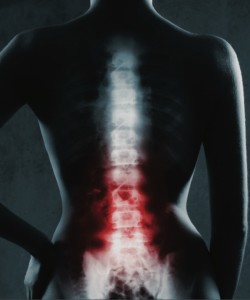
A sacroiliac joint injection is an outpatient procedure for treating low back & buttock pain. This information has been provided by your doctor so you can better understand this procedure. Your doctor will make the best recommendations for your specific needs.
Sacroiliac joints connect your spine to your hip bone. They connect the bottom of the spine, called the sacrum to the ilium. You have two sacroiliac joints. One is found on each side of the sacrum.
Sacroiliac joints help the pelvis when you move. They help transfer forces from your lower body to your upper body. Each sacroiliac joint has several ligaments to help strengthen it.
You may feel pain if the sacroiliac joint is injured. At times it may feel like simple muscle tension, but at other times the pain can be severe.
Sometimes the cartilage inside the joint is injured, but at other times only the ligaments around the joint are affected. You usually feel sacroiliac pain in an area from your low back down to your buttocks. But sometimes, if a joint is very inflamed, pain may even extend down to the back of the leg. The diagram to the right shows where the sacroiliac joint pain is usually felt.
If you have pain in more than one of these areas you may have sacroiliac joint pain. Common tests such as x-rays or MRIs may not always show if a sacroiliac joint is causing pain. Your pain doctor can perform other tests to find out if you have sacroiliac joint pain.
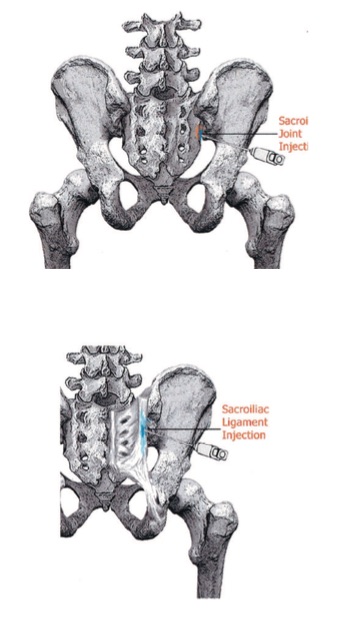
In a sacroiliac joint injection, a local anesthetic and corticosteroid are injected into one or
both of your sacroiliac joints, or into the ligaments surrounding the joints. The local anesthetic, a numbing medicine, lessens your pain temporarily. The corticosteroid reduces inflammation that may be causing pain.
The injection can be used for diagnosis and treatment. If the injection immediately lessens your pain and helps you move better, it tells the doctor that the sacroiliac joint is causing the pain.
A local anesthetic may be used to numb your skin prior to the injection. There is only minimal discomfort associated with this.
The doctor will insert a thin needle directly into sacroiliac joint. Fluoroscopy, a type of x-ray, may be used to ensure a safe and proper position for the needle. A dye may be injected to make sure the needle is in the right spot. Once the doctor is sure the needle is correctly placed, the medicine will be injected.
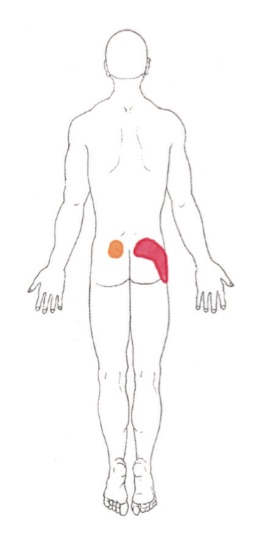
You will be monitored for up to 30 minutes after the injection. Before you leave, you will be given discharge instructions as well as a pain diary. Keeping track of your pain helps the doctors know what the next step will be.
It may help to move in ways that hurt before the injection, to see if the pain is still there, but do not overdo it.
You may feel immediate pain relief and numbness in your back for a brief period of time after the injection. This means the medication has reached the correct spot.
Your pain may return after this short pain-free period, or may even be a little worse for a day or two. This is normal. It may be caused by needle irritation or by the corticosteroid itself. Corticosteroids usually take two or three days to start working, but can take as long as a week.
The amount and duration of pain relief varies from person to person and is dependent on many factors including underlying pathology and activity level. Some can have relief that lasts for years, while others have short-term relief.
The sacroiliac injection may be repeated, however it is important to discuss your response to the procedure with your physician in order to plan future treatment options.
301.493.8884
Dr. Mark D. Klaiman, MD
Monday – Friday 8am – 5pm
301.244.9099
Dr. Haim S. Hechtman, DPT
Monday – Thursday 7am – 7pm
Friday 7am – 5pm,
Saturday 8am – 1pm
“When I learned that my two favorite practitioners—who gave me back a normal, pain-free life—were joining their practices I thought, what a winner…..”
– Jane Stanley



Chronic exertional compartment syndrome is one of the most common causes of pain, numbness, and foot drop, most often seen in runners.
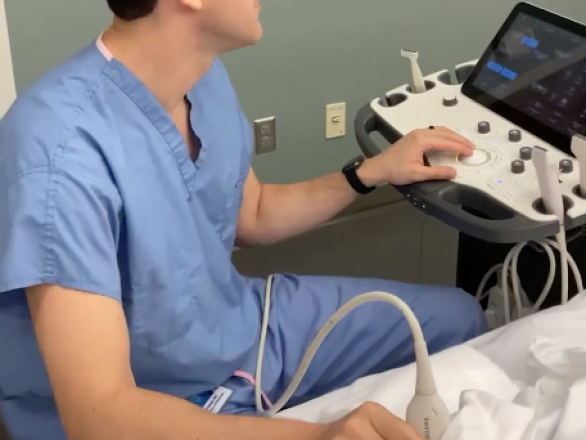
Hip arthritis is one of the most common causes of groin pain in patients. To diagnose it, we can use ultrasound. Ultrasound
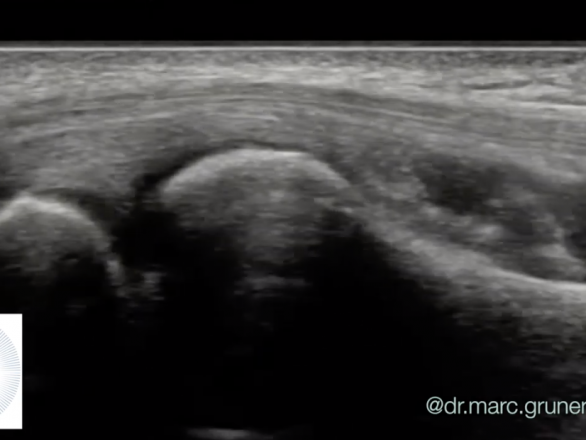
Tennis elbow is one of the most common causes of elbow pain. The condition is also sometimes referred to as lateral epicondylitis.
Starting and sticking with a rehabilitation regimen has its challenges during the pandemic. Here are some ways to continue to progress.
|
Point Performance Medicine is Excited to Announce the use of Scrambler Therapy for the Treatment of Chronic Nerve Pain |